Pharmaceutical industries are dependent on high purity water systems to deliver water that meets regulatory standards. Therefore, a water purification system installed in a pharmaceutical plant must be consistent when providing optimum water quality.
The materials used to engineer a high purity water treatment system play a pivotal role in maintaining the quality as well as the smooth functioning of these plants. TSA has over a decade of experience in engineering and installing high purity water systems in pharmaceutical industries in major parts of the world. These water systems functions include Filtration, Pre-Treatment, Reverse Osmosis and Distillation.
From the material of the storage tanks to spares used in the machine, everything must be well optimised to deliver the standard quality of high purity water. Even high purity water systems are a potential source of microbial contamination. This contamination is one of the problems that impact the quality of water. Along with the increase in microbial numbers, some bacteria release metabolic products such as endotoxins or exotoxins. Such products are harmful to pharmaceutical production. Valves, pipes and take-offs are some of the potential sites for microbial entry inside systems.
The accessories and instruments used for these storage tanks are the deciding factors for optimal operation of water storage and water distribution system design. Selection of vent filter and safety valves is of importance to prevent any untoward incident which might cause accidents. The outlet assembly from the tank must be designed in such a way that it is always flooded to avoid dry run for the pumps.
High Purity Water and Water for Injection are stored in continuously circulating systems. These systems are kept at high temperature to inhibit the growth of microorganisms. The favoured material for the construction of the high purity water systems is polished and passivated stainless steel.
Using such steel for the water systems assures the smooth surface of interiors of pipes, valves and pumps. This minimises the number of micro-pores on the metal surface. These micro-pores are the sites of metal corrosion. The micro-pores also provide a space for microbial growth.
The construction of tanks, valves, pumps and transfer pipes is done with stainless steel, which is polished and electro-polished to maintain the aseptic conditions inside them. These systems are keenly engineered to minimise the “dead zones”. Therefore, they are best at inhibiting microbial growth.
It is also critical that piping and other equipment be constructed to permit a smooth draining. Another vital concern regarding transfer pipes is their connection procedure. Our experience has enlightened us that it is essential to keep the weld bead to the minimum. This prevents the formation of groves and pockets in the system where microbial growth can take place.
The error-less functioning of the high purity water systems is directly dependent on the quality of feed water supplied to the plant. Analysis and pre-treatment of the water are essential, even when the water is meeting the standards of drinking water.
The pre-treatment is a multi-unit operational process that involves filtration through various pore sizes, removal of organic and inorganic solutes such as chlorides, fluorides etc. These are achieved by using activated carbon beds and percolation through ion exchange resins. The pre-treatment reduces the chemical load by reducing the conductivity of the water. However, to achieve the quality that meets pharmaceutical standards, other processes such as reverse osmosis or distillation are required.
Reverse osmosis involves an active transfer of water through a semi-permeable membrane under force. The pores of membrane eliminate ions, salts and organic compounds. Various factors govern the process of reverse osmosis, such as quality of feed water, the overall size of a unit, membrane type, operating pressure and temperature.
The semi-permeable membranes are made from cellulose acetate, cellulose triacetate, aromatic polyamide resins and mixtures of these materials. Using non-cellulosic materials has many advantages. They can be operated at a lower temperature and over a wider range of pH than their cellulosic counterparts. Additionally, they are resistant to oxidative degradation caused by water-borne bacteria. Therefore, using them eliminates the need for additional disinfecting agents in the water undergoing reverse osmosis process.





